Reed Labyrinth covers an area of 2km2 and consists of 60 river branches with a total length of 15 km running through, which is the largest reed labyrinth in China. The group of sculptures on the left front are sculptures of some Party, government and the armed forces leaders of Anti-Japanese Democratic Base Area on the North of Huaihe River. From right to left are Peng Xuefeng, Commander of the Fourth Division of the New Fourth Army, Deng Zihui, Political Commissar, Liu Ruilong, Director of Huaibei Administrative Office, Zhang Aiping, Commander of the Ninth Brigade, and Zhang Zhen, Chief of Staff in turn, who have led the arduous "thirty-three days" anti-mopping up and large-scale overwater bandit suppression. Here is the place where the people's army first large-scale water battle took place, and praised by Zhang Aiping as "the cradle of New China's Navy". Touring by boat, you cannot only enjoy the beautiful sceneries of the winding waterways and reeds as the green curtains, but also go through another journey to feel the dignified cultural heritage, recollect the Anti-Japanese war scenes, display the ecological civilization of Sihong and experience the legend of the magic grand lake. From the wine of Shuanggou Drunken Ape brewed with wild fruit 18 million years ago, to the ancient Xu State culture with more than 1600 years of civilization, all of them invariably have written magnificent poems in the long history of China.
Located in the front of the ancient-color civilization area is the scene that the ancient apes 18 million years ago collect fruit and brew wine. The fruit they cumulated, after soaking and fermentation, is sending out bursts of attractive aroma. In 1977, the archaeologists from the Chinese Academy of Sciences discovered these drunk-ape fossils in Shuanggou Town, Sihong County. The industriously working in front are the scenes of Xiacaowan People's life, some of whom are drilling wood for fire, and some hunting with stone tools. As early as 50000 years ago, there were Xiacaowan People who could walk upright living in Sihong, which the earliest ancient hominid site found in Jiangsu Province. In front of Xiacaowan People are the ancient life scenes of Shunshanji People 8000 years ago. The discovery of Shunshanji hominid site has advanced the history of Jiangsu civilization by 1600 years, which is the first of China's top ten new archaeological discoveries in 2012. The place ahead is the integrity allusion of "Hanging Sword to Stay in Xu State" of ancient Xu State, which was founded more than 1600 years ago, and used to establish the capital in Sihong. Tradition has it that Ji Zha of Wu State wanted to present his sabre to the King of Xu State when he passed through Xu State. the King of Xu State said, "it is not too late to give it to me when you come back from your mission.".When Ji Zha returned to Xu State, the King of Xu State had already passed away, thus he hung his sabre in front of the tomb of the King of Xu State. Since then, the story of" Hanging Sword to Stay in Xu State " has been passed on for thousands of years, which has been highly praised by the descendants of ancient Xu State, shaping the Sihong people's character of being warm and hospitable, attaching importance to affection and righteousness, and being honest and virtuous.
Through the reed marshes, the past goes away for more than a thousand years. Now we come to the war-ridden year of 1942.During World War II, Sihong was one of the 19 Anti-Japanese Democratic Revolutionary Base Areas in China and the headquarters of the division of the New Fourth Army. Hundreds of battles took place here, including 33 days' anti-mopping up struggle led by Peng Xuefeng, heavy fighting in Zhu Jiagang, and elimination of lake bandits commanded by Zhang Aiping. Now we have arrived at the scene of the 33 days' anti-mopping up war led by Peng Xuefeng. The Japanese army gathered more than 3000 people to carry out a large-scale mopping-up operaton of the Anti Japanese Democratic Base Area in Hongze Lake with the cooperation of airplanes, artillery and motorboats. The Fourth Division of the New Fourth Army took advantage of the natural reed marshes and crisscross branches of Hongze Lake, rowed small wooden boats to launch a scorching anti-mopping up guerrilla war against Japanese aggressors, and finally won the victory. The process of victory was arduous. Look, the bridge ahead is the mere iron bridge for the soldiers to retreat from the shore to the lake area at that time. Relying on this bridge, a large number of heavy weapons of the Fourth Division of the New Fourth Army were transported to and hidden in the depths of the reed marshes, laying a solid foundation for the future counterattack in cooperation with the peleton. For the sake of preventing the troops from retreating, the enemy blew off the bridge.
The front is the Gongwei Island, where you can visit the Water Battle Revolutionary Memorial Hall and feel the touching stories of the revolutionary ancestors who did not fear hardships, were resourceful and tenacious, and bravely fought against Japanese invaders. Everybody can also experience a shooting competition of fighting the enemy with your own hands.
According to the legend, there is a dragon hidden in Hongze Lake, which has made great contributions to King Yu's taming of the flood, which has two lantern-like eyes and glittering scales on its body. For thousands of years, the Dragon King and its shrimp soldiers and crab generals have been protecting the people in the lake area for good crop weather. People here respect the dragon as the "Lake God". It is said in ancient times that if a carp jumps over the dragon's gate, it will transform to a dragon. Later generations use carp jumping over the dragon's gate to describe the things of making rapid advances in one's career such as passing the provincial civil service examination, promotion. Look, dragon's gate is in front of us. Through this gate, the great number of outstanding students who have been studying hard for ten years will be ranked on the list. Your family will be happy and harmonious, your life will be booming day by day, and you will climb up to the higher ladder of the career. Hongze Lake is rich in natural resources, fat fish and tasty crabs, which is a famous hometown of crabs in China. The crab breeding area is 400km2 and the annual output is 40 million kilos, ranking first in Jiangsu Province. Sihong hairy crabs will have a "H"-shape pattern on the back, which is their natural "geographical indication". As the great lakes abound in good crabs, Sihong hairy crabs are "the cleanest crabs in China". They grow in a good environment and eat fish, shrimp and snails. Their appearance is characterized by "green shell, white belly, yellow claw and big size". The meat quality has five characteristics, namely "gorgeous color, red grease, fragrant meat, slightly sweet and delicious taste". In the golden autumn, the female crab is full of cream, and the male crab is grease, and the limbs are fat, which makes people salivate. Tourists have praised: "coming to Hongze Lake wetland and not eating Sihong hairy crab, is a matter for regret!"If you have a chance to try it, the taste is incredibly good. Dear tourists, this labyrinth-crossing tour is coming to an end. If you feel that you still feel it is not enough, you are welcome to come again next time.




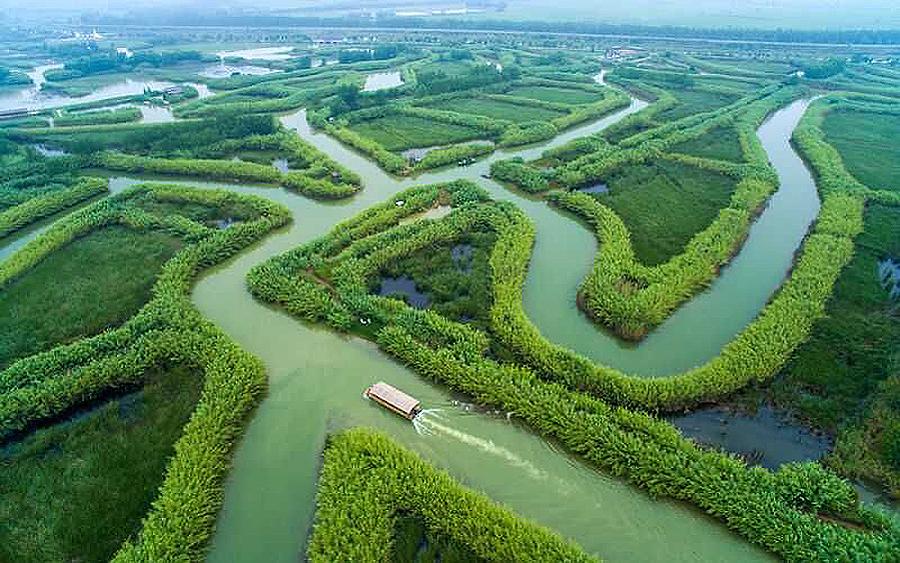
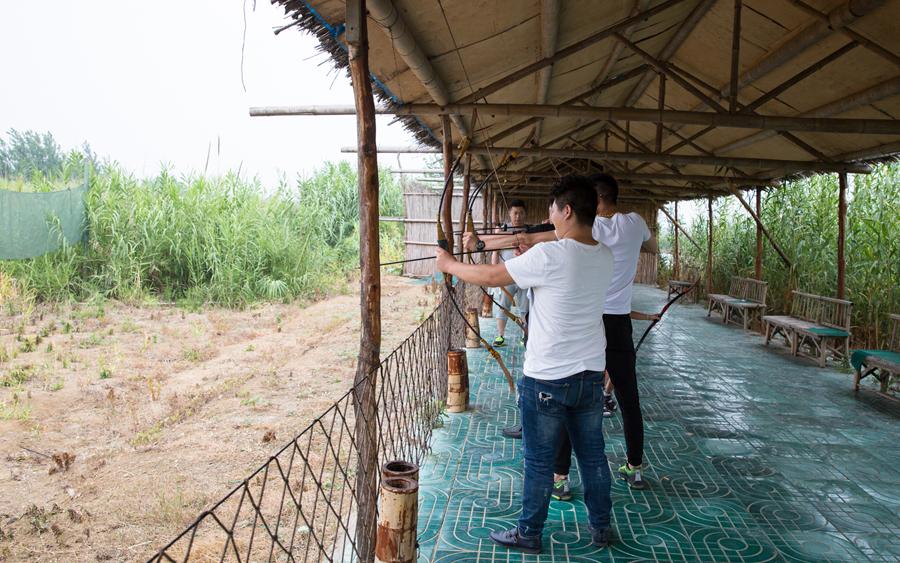
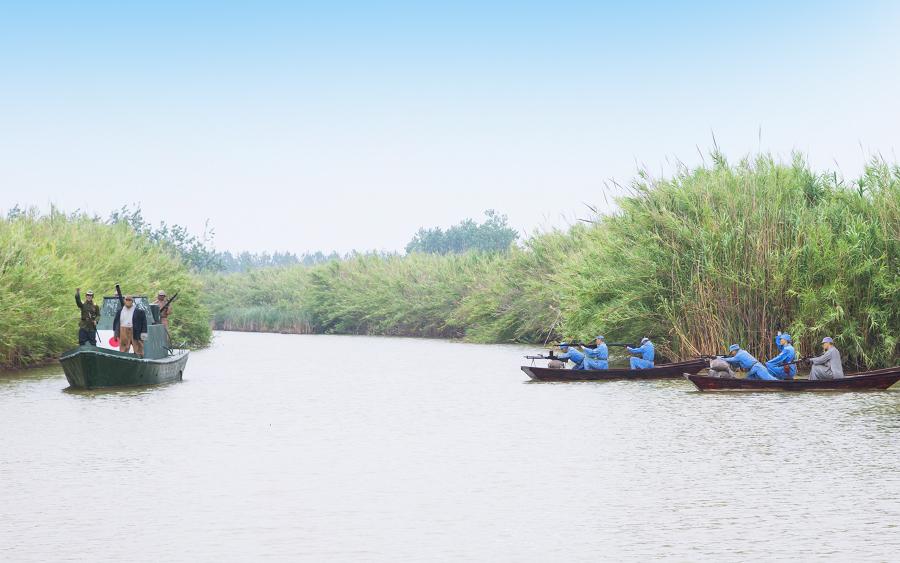

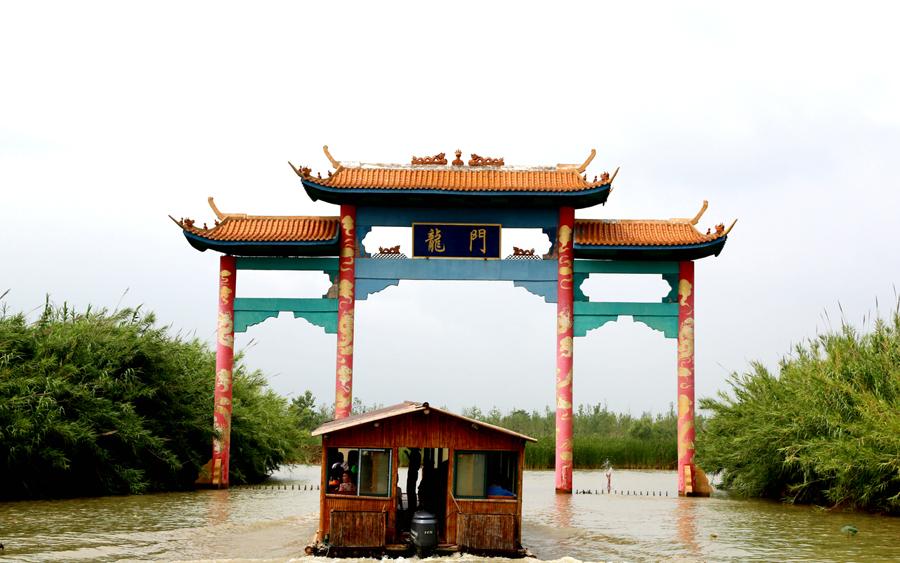
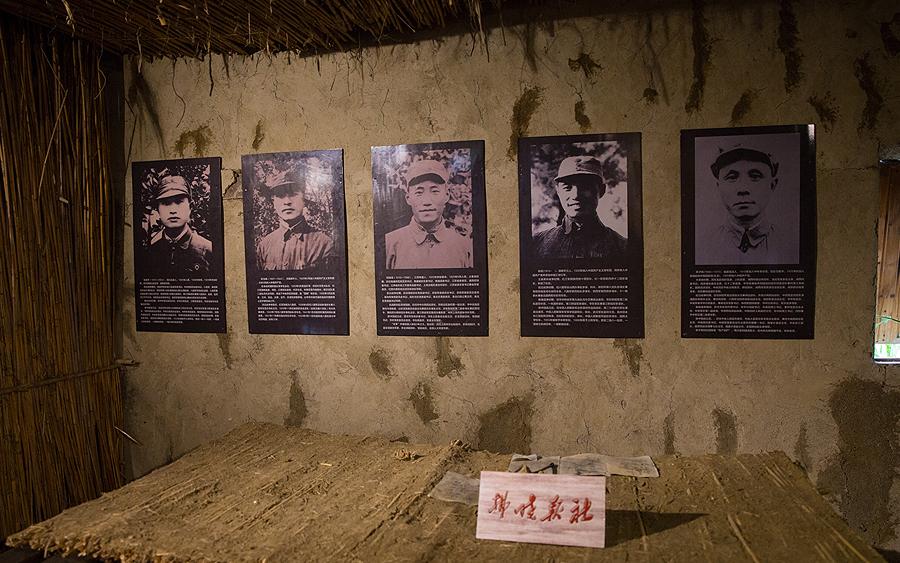

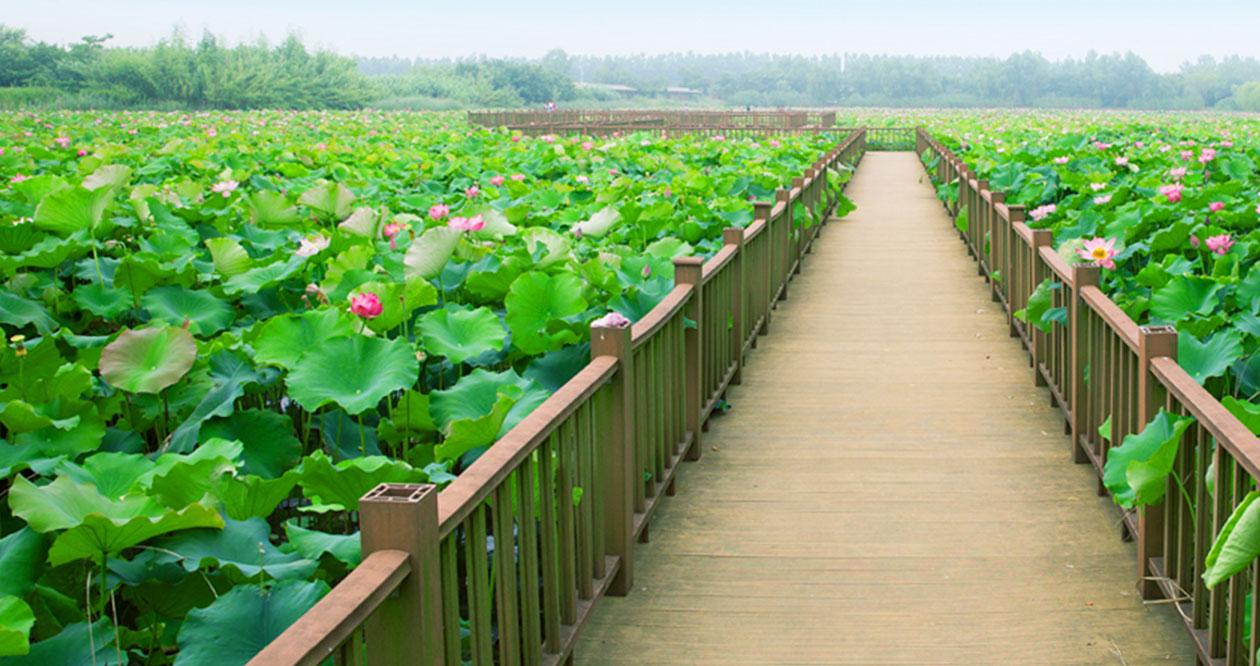
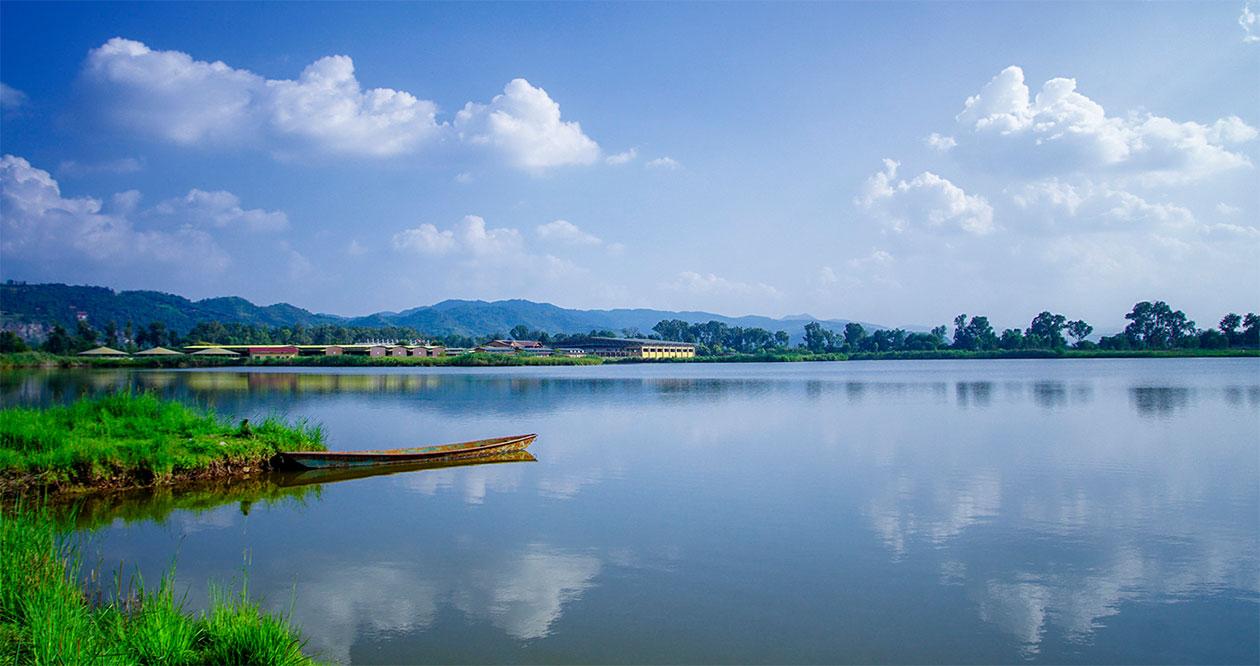
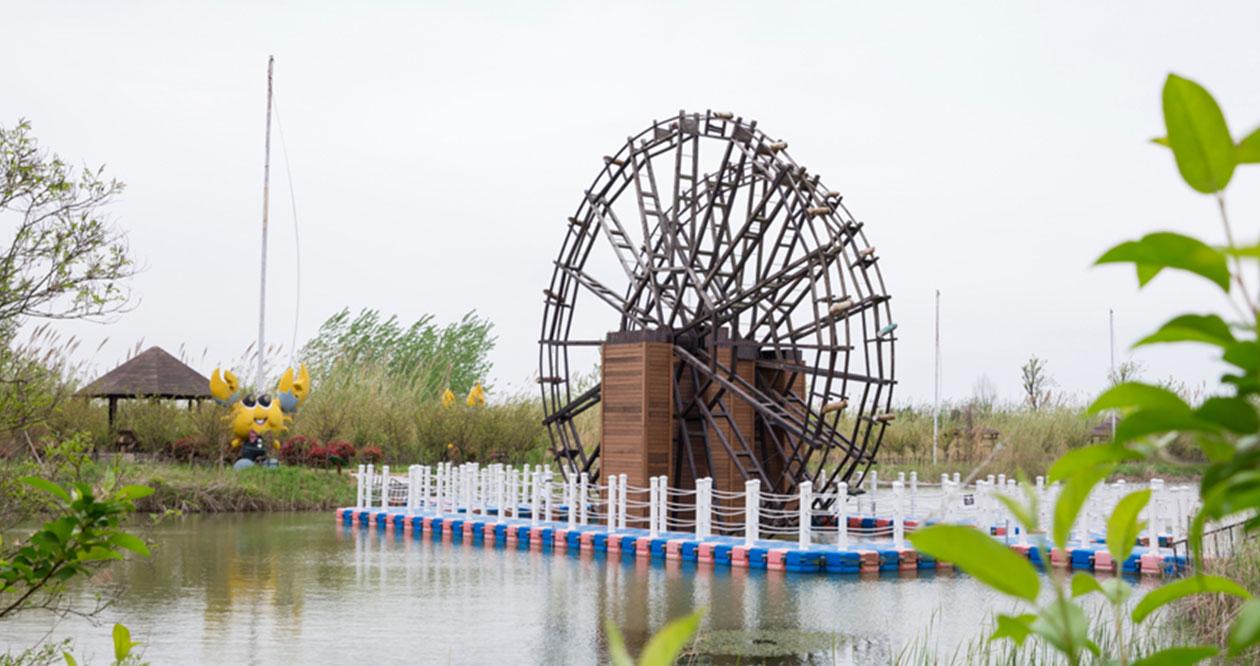







 Public Security Filing No.:321324402000556
Public Security Filing No.:321324402000556